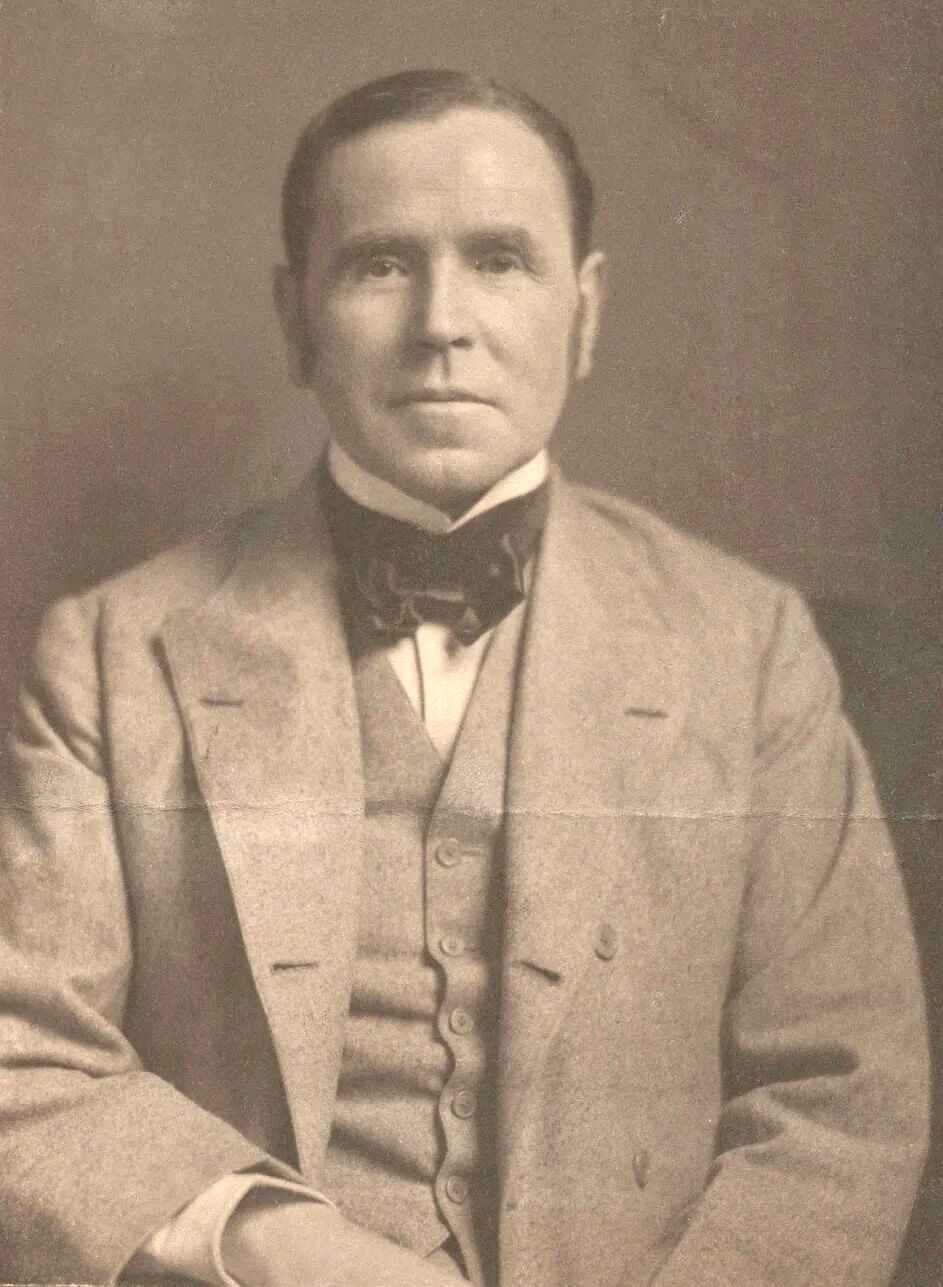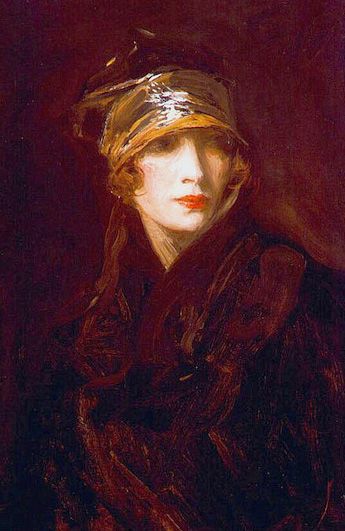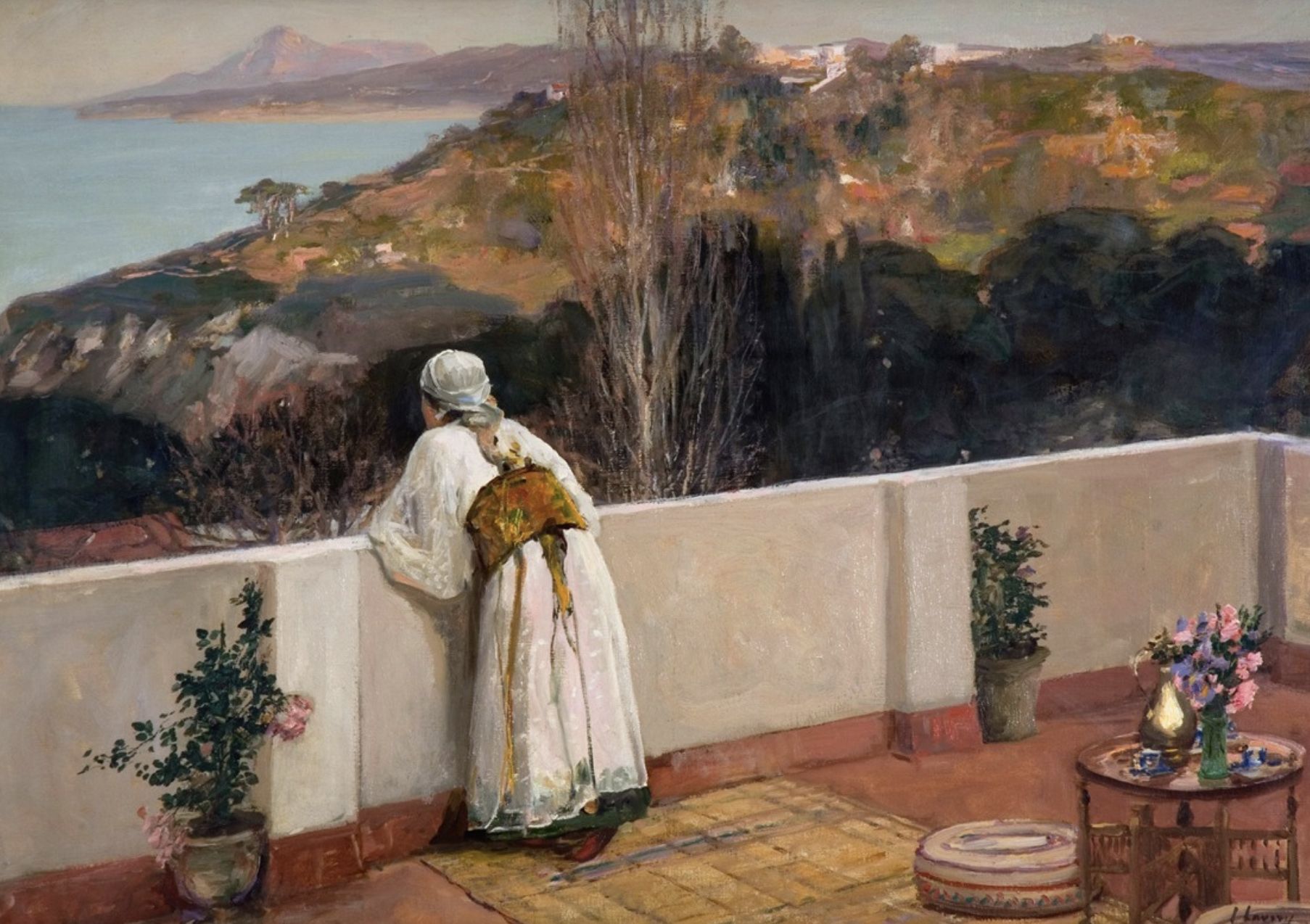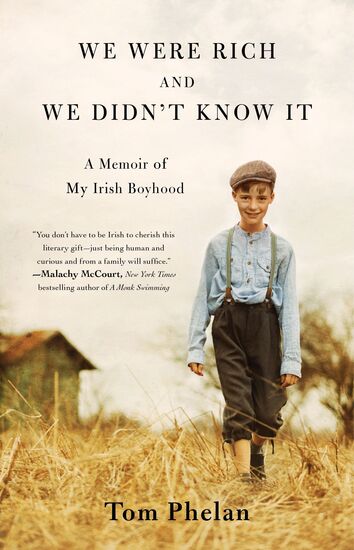Older Irish people know of the painter Sir John Lavery because one of his many portraits of his wife Hazel was used to grace the Irish pound note from 1928 through to 1975.
Some are also aware that the commission was a gift in gratitude, because in October of 1921, when the Irish delegation led by Arthur Griffith and Michael Collins arrived to negotiate independence from Great Britain, the Laverys allowed them the use of their London home.
Personally I have always been fascinated by the Irish painter partly because he was a distant relative.
And so being on holiday in the south of Spain, I decided to follow in Lavery’s footsteps and take the ferry across the Strait of Gibraltar to Tangier, Morocco, a place that Lavery greatly loved.
Before we discuss Lavery in Tangier, let’s trace his roots and his improbable rise to the top of the British artistic world.
He was born in inner North Belfast, on March 20, 1856, and baptized at St Patrick's Church in the city. His father drowned on a voyage to America during a gale when Lavery was only 3 years old, and his mother died shortly thereafter of a broken heart, it was said, leaving the toddler an orphan.
At age 10, Lavery moved to Scotland where he lived with relatives. His fortunes changed when he became apprenticed to a Glasgow photographer, J. B. McNair, where he touched up negatives and colored prints.
Eventually, Lavery saved enough money to move to London and in 1879 he began studying at Heatherley School of Art.
His talent as a portrait painter began to become apparent and two years later he left for Paris and the Academie Julian. By the 1880s his works were appearing in major galleries.
John Lavery
Amazingly, he received the commission in 1888 that would transform his career, which was to record the visit of Queen Victoria to the International Exhibition in Glasgow.
He managed to obtain a sitting from the queen herself and when she approved of his rendering of her, he instantly became a celebrated society portrait painter. Lavery quickly made a fortune and in 1891 he arrived in Tangier and was dazzled by many things in the North African city, including its stunning architecture, exotic Arabic culture and fantastic beaches and views of the Atlantic.
What captivated Lavery most of all was the amazing light and breathtaking sunrises and sunsets. Lavery was so beguiled that he purchased a villa there in 1893, a place from which he drew great artistic inspiration.
On the night before my wife and I crossed the straits, we, like Lavery, were dazzled by the amazing sight of the the sun slowly setting over the Moroccan hills, clearly visible in the West. We queued for the ferry over to Morocco and we were intrigued by the sound of the Arabic language and the exotic costumes of some Moroccans returning home from Spain.
I had hoped to find the house that Lavery had purchased. His house, Dar El Midfah, in English “The House of the Cannon,” was located on a hill southwest of the great “Kasbah” or citadel in English.
Interestingly enough, Lavery’s home was located near the site of the American legation, a beautiful Moorish style building, which was a gift from the Sultan of Morocco in 1821 and is now a museum and an American national landmark.
We climbed the hill as we walked through the old city whose winding streets and narrow passageways had changed little since the time Lavery first arrived in Tangier.

We were fascinated by the souks, the market kiosks which sold many of the same foods and goods Lavery would have seen in his visits to the markets early in the 20th century.
We headed further up the hill to a spot where Lavery and other elegant Europeans frequented, The Gran Café de Paris, which is a legendary café, dating back to the early 20th century. The café, situated across the street from the French Embassy, was where the French elite met.
It soon became a popular meeting place for ex-pat writers, artists, and intellectuals, including American writers Paul Bowles, William Burroughs, and Tennessee Williams.
The café was once known for its elegant, upscale atmosphere with elegant mirrors, large windows, lush carpets and art deco columns.
We entered the café full of Moroccan men watching a football match, but we were immediately struck by how the elegance had faded. The art deco columns had disappeared, the large windows were made of cheap glass, and the carpets had also vanished.
Hoping to find Lavery’s house, I explained my quest to the waiter in Spanish who summoned the English-speaking manager. Repeating my story to him, he explained that when the Moroccans regained control of the city in the 1950s they wanted to wipe out the memory of its colonial past and that my search would require extensive digging in the town’s archives.
Disappointed, I drank my Moroccan tea realizing I would not find his house on this short day trip. We walked out of the café onto a promenade with a sweeping view of the city, the harbor and Spain in the distance.
My heart leapt us as I immediately recognized that I was standing near where Lavery had painted his canvas “Evening Tangier” in 1906. I was delighted to see that little really had changed and the view that once impressed Lavery also delighted us.
Lavery was entranced by the strong light and colors of the North African landscape as well as the splendid views of the sea and so were we.
Lavery often painted Tangier's rooftops, with people gazing out towards the sea or the Straits of Gibraltar and as we gazed out over the city’s rooftops, we shared Lavery’s inspiration.
We found the area where Lavery had lived and I stopped in front of an amazing Arabic arched door similar to the one that Lavery had painted in his canvas "My studio Door," which showed the painter's wife, Hazel, who appeared on the punt notes, basking on a reclining chair, while a girl, probably her daughter, Alice, leans against the wall in the foreground.
We spent a few hours walking through the winding streets and narrow alleyways, which remained unchanged since Lavery’s days. The Belfast native was captivated by Tangier’s "white city" appearance and so were we. Finally, we gave up our quest to find Lavery’s home and tucked into a delicious dinner of Moroccan lamb.
If we had failed to find his home, we had at least learned to appreciate Lavery’s love of exotic Tangier.
The first world war interrupted Lavery’s visits to Morocco and wistfully he sold his home there in 1923 never to return, but Tangier inspired Lavery to create at least 10 canvases, which grace museums today in Ireland and Great Britain.
Go and visit Tangier and discover why the great Irish painter so loved this exotically beautiful city and its stunning views.








